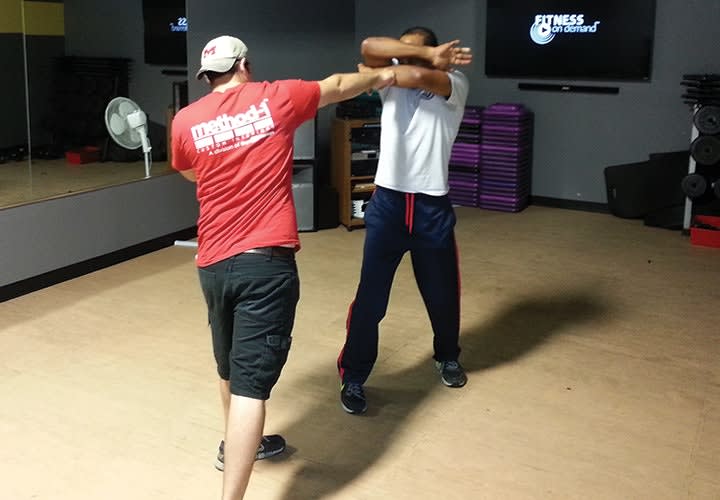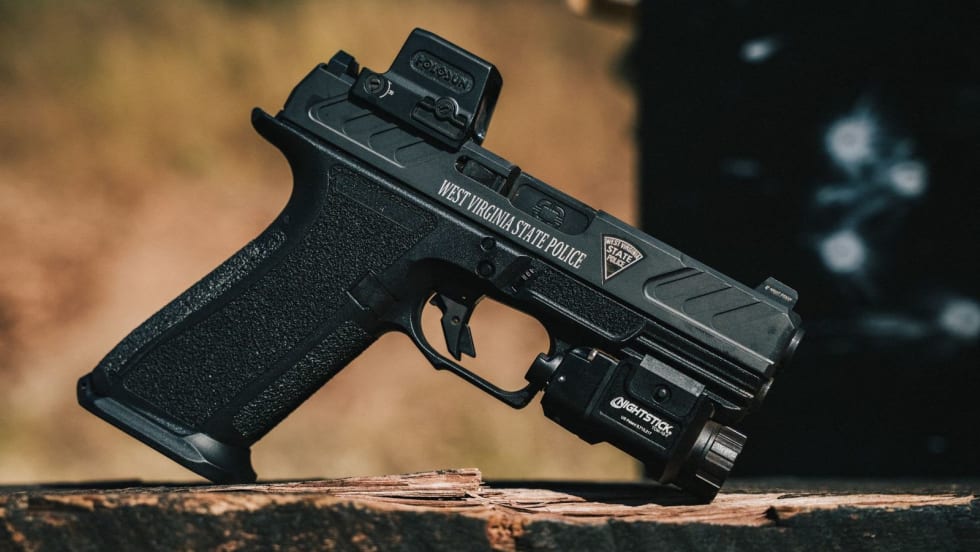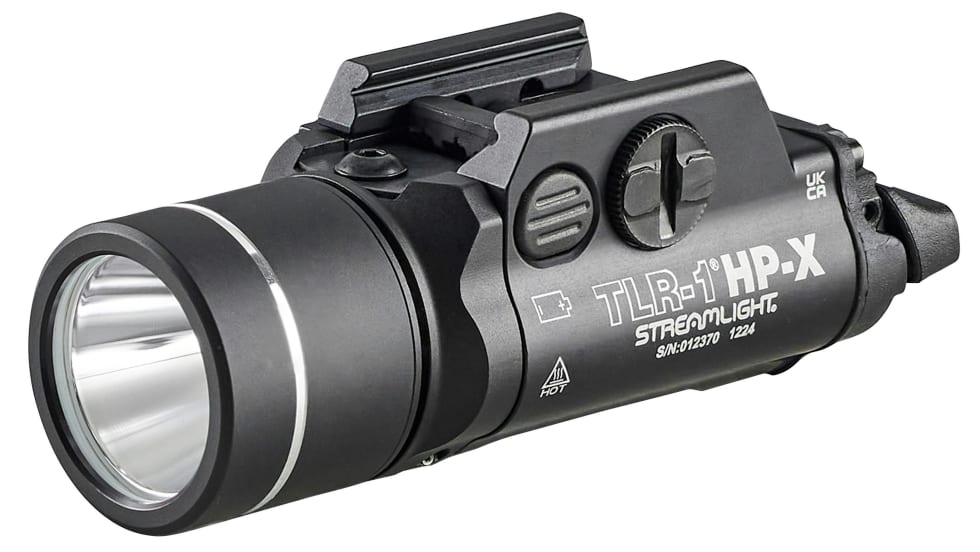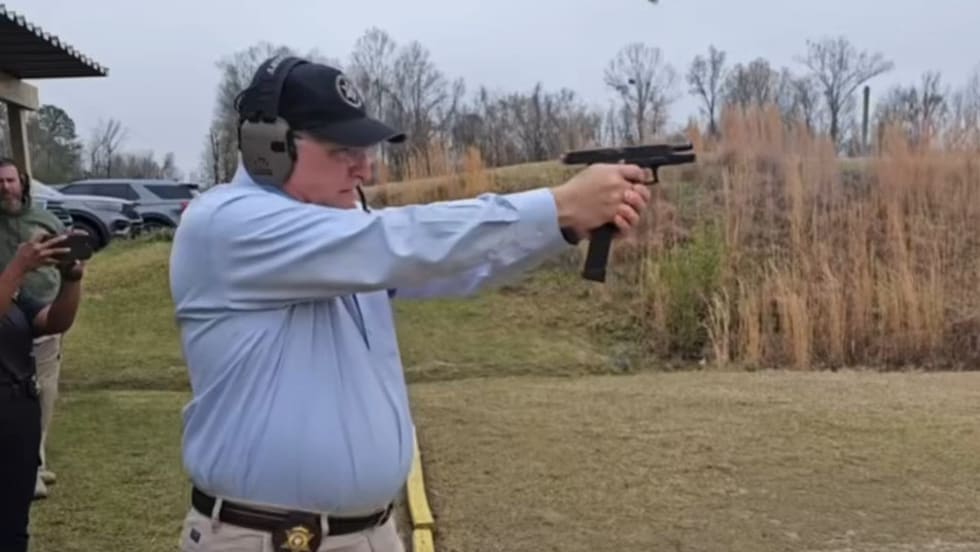Psychophysiology–This is the study of how the brain influences and affects physiological function. Science tells us that humans possess both a forebrain and a midbrain. The forebrain is where cognitive processing and decision-making take place. The midbrain plays a role in situational awareness, sleep, arousal, alertness, and trained and subconscious memories.
When an officer experiences a threat, it takes on average .58 seconds to experience the threat and determine if it is real. It then takes on average .56 to 1.0 seconds to make a response decision. Humans have five possible responses to threat: defend (fight), disengage (retreat), posture (yell, point a finger, act aggressive), become hypervigilant (panic, confusion, freezing, using force excessively), and submit (surrender).
When a human is threatened, the brain automatically infuses the body with adrenalin (stimulant), endorphins (pain blockers), and dopamine (euphoric pain blocker). The body uses these chemicals to help us survive an encounter by making us faster, stronger, and more pain tolerant. However, these same chemicals can also significantly diminish our performance under intense stress by causing such problems as perceptional narrowing (tunnel vision), loss of near vision, and auditory occlusion (reduced hearing) or exclusion (loss of hearing). This ultimately negatively affects our chances of surviving a violent encounter.
Under the intense stress normally associated with deadly force threat scenarios and while under the influence of survival chemicals, the body's basal metabolic rate, measured by heart rate, blood pressure, and respiration, climbs significantly in milliseconds. This dynamic can cause further psychophysiological impairments such as vasoconstriction, which can impair weapon manipulation, cognitive processing, and stress memory recall following an encounter.
Equipment and competency—Several factors affect an officer's survival against an attacker. For instance, an officer or detective whose sidearm is secured in a Level III holster will certainly have a slower draw-to-target acquisition time than an officer drawing from a Level I holster. An officer's experience and competency with his or her holster system and combat shooting style are also critical human factors in that officer's ability to draw, move off the line of attack, and direct accurate fire upon an armed assailant.










